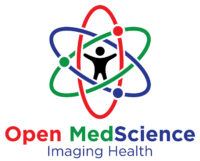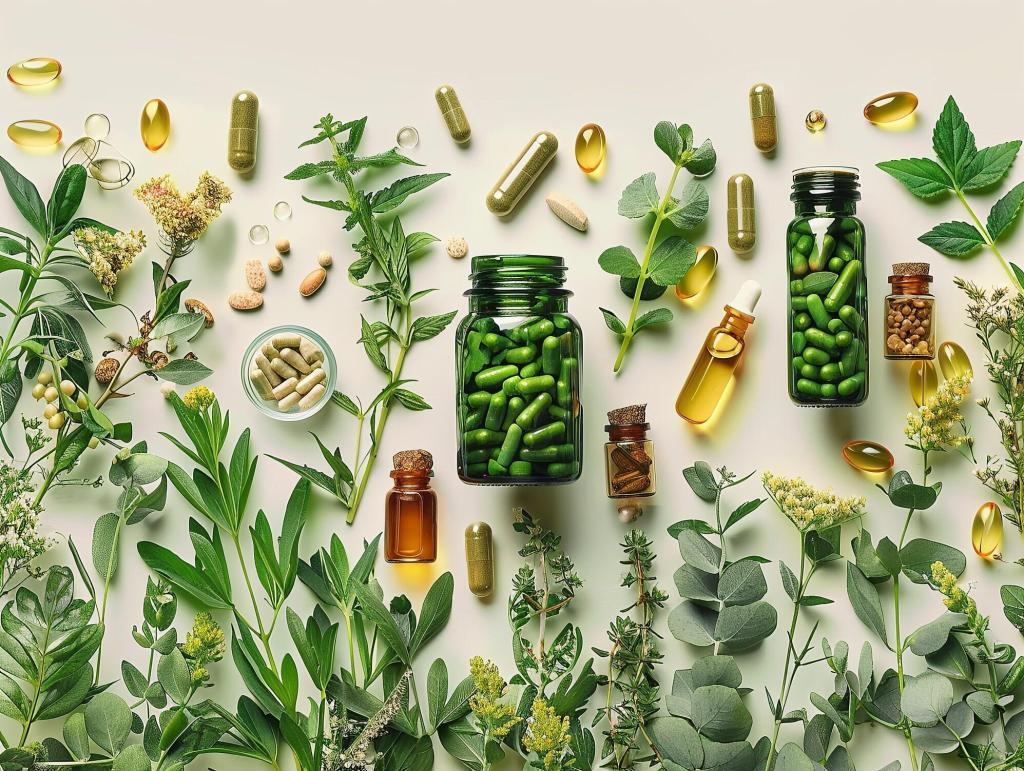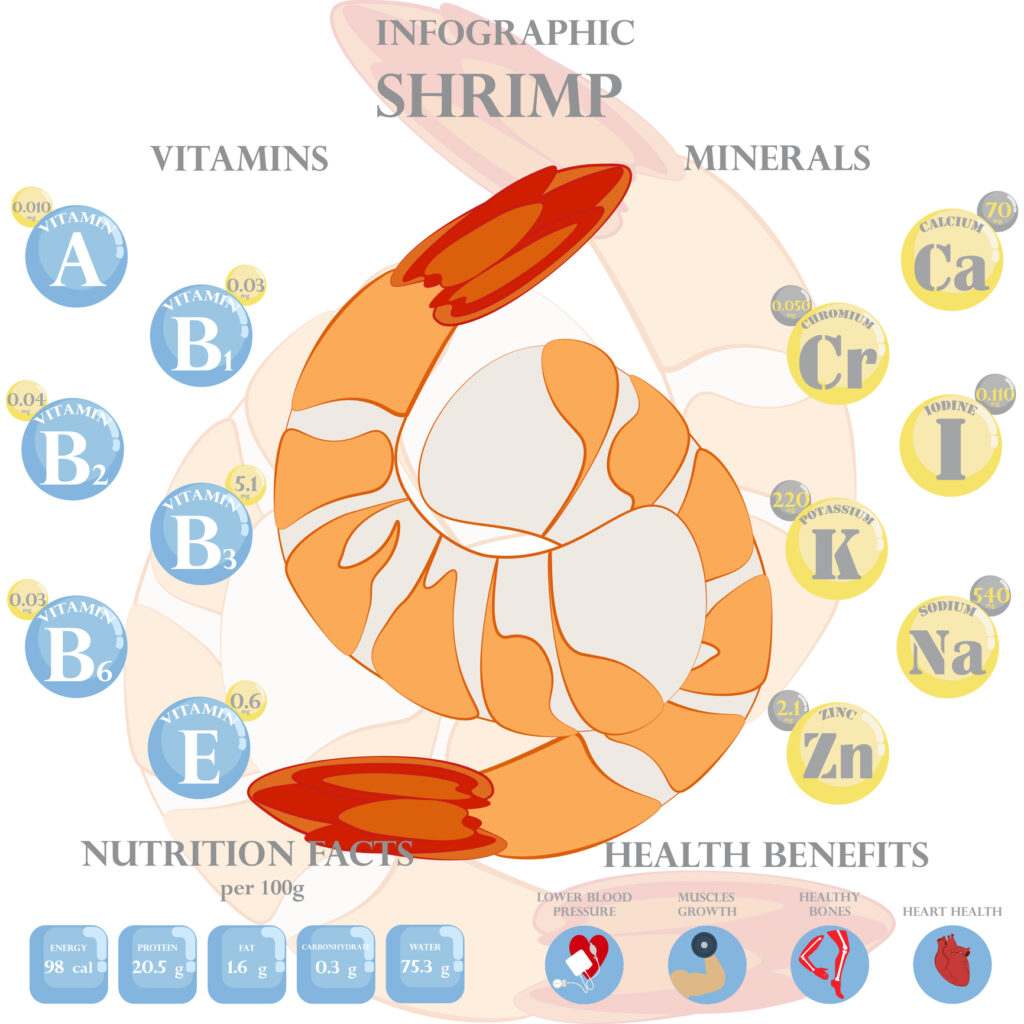As interest in plant-based compounds grows, kratom (Mitragyna speciosa) has become a subject of ongoing debate within pharmacology and public health. Native to Southeast Asia, the leaves of this evergreen tree contain psychoactive alkaloids that act on opioid receptors. Among its regional variants, Red Thai Kratom has gained attention for its chemical composition and the differing legal attitudes toward its use.
This article explores the scientific, regulatory, and safety aspects of Red Thai Kratom, providing a balanced perspective for readers interested in the evidence surrounding its effects and status.
The Botanical and Chemical Nature of Kratom
Kratom belongs to the Rubiaceae family, the same botanical group as coffee. Its active compounds, mitragynine and 7-hydroxymitragynine, have been shown to interact with the body’s opioid receptors, influencing pain perception, mood, and energy levels.
The red-veined varieties, such as Red Thai Kratom, are harvested from mature leaves that contain higher alkaloid concentrations compared with younger, green-veined counterparts. These compounds have been studied for their dual stimulant and sedative effects, depending on dose and individual response. However, peer-reviewed evidence on efficacy and long-term safety remains limited.
Scientific Understanding and Reported Effects
Research on kratom’s pharmacology is ongoing and somewhat inconsistent due to differences in preparation, concentration, and study design. Laboratory studies have identified mu-opioid receptor binding activity, suggesting analgesic potential, but also a risk of dependence and withdrawal with sustained use.
User reports have described experiences ranging from mild alertness to sedation and euphoria, yet such accounts are anecdotal and not clinically validated. Adverse effects, including nausea, dizziness, liver injury, and potential drug interactions, have been reported. The absence of standardised formulations complicates the assessment of dose-response relationships and pharmacokinetics.
Global Legal and Regulatory Context
The legal status of kratom varies widely across jurisdictions. In the United Kingdom, the Psychoactive Substances Act 2016 prohibits the sale, supply, and production of kratom and related products. Similarly, several European nations, including Denmark, Ireland, and Poland, restrict its use.
In contrast, regulation in the United States remains fragmented, with the Food and Drug Administration (FDA) not approving kratom for any medical purpose, while certain states permit limited retail sales. Southeast Asian countries such as Thailand—historically a source of kratom—have recently revised laws to allow restricted use for medicinal and research purposes.
This patchwork of regulation reflects ongoing scientific uncertainty and the differing cultural and policy approaches to psychoactive botanicals.
Safety, Public Health, and Research Considerations
Kratom’s pharmacological complexity raises important questions about safety and dependency. Some users have turned to kratom as an alternative to prescription opioids, though this substitution carries its own risks. Case studies have reported withdrawal symptoms similar to those seen with opioid use disorder, particularly when high doses are consumed over prolonged periods.
Because kratom products are often unregulated dietary supplements, their alkaloid concentrations and purity can vary substantially. Contamination with heavy metals, pathogens, or adulterants has been identified in several market surveys. These findings underscore the need for robust analytical testing, clinical research, and public education.
Ongoing pharmacological and toxicological studies are necessary to clarify whether kratom’s alkaloids can be safely integrated into medical research frameworks. Until such evidence is available, healthcare professionals advise against self-medicating with unapproved kratom preparations.
Future Directions: Regulation and Evidence-Based Policy
The discussion around Red Thai Kratom and related products reflects a broader issue in global health policy: how to manage emerging psychoactive substances that occupy a grey area between traditional medicine and modern pharmacology.
Advocates argue for controlled, evidence-based regulation that distinguishes between traditional use and recreational misuse. Critics highlight the potential for addiction and toxicity, particularly in markets where product quality cannot be guaranteed.
For scientific institutions and policymakers, kratom offers a valuable case study in balancing individual autonomy, public health protection, and research freedom. Continued interdisciplinary collaboration between chemists, clinicians, toxicologists, and regulators will be essential to achieve a safe and informed framework.
Disclaimer
This article is provided for general informational and educational purposes only. It does not constitute medical, scientific, or legal advice, and should not be relied upon as a substitute for professional consultation. Open MedScience does not endorse, promote, or encourage the use, sale, or possession of kratom or any psychoactive substance. The pharmacological and regulatory information presented herein is based on publicly available research at the time of writing and may not reflect current laws, medical guidelines, or scientific understanding.
Readers are strongly advised to seek guidance from qualified healthcare professionals before using any unapproved substances and to verify the legality of kratom or related products in their jurisdiction. Open MedScience, its authors, and affiliates accept no responsibility or liability for any actions taken, outcomes experienced, or interpretations made based on the content of this article.
You are here: home » diagnostic medical imaging blog »



